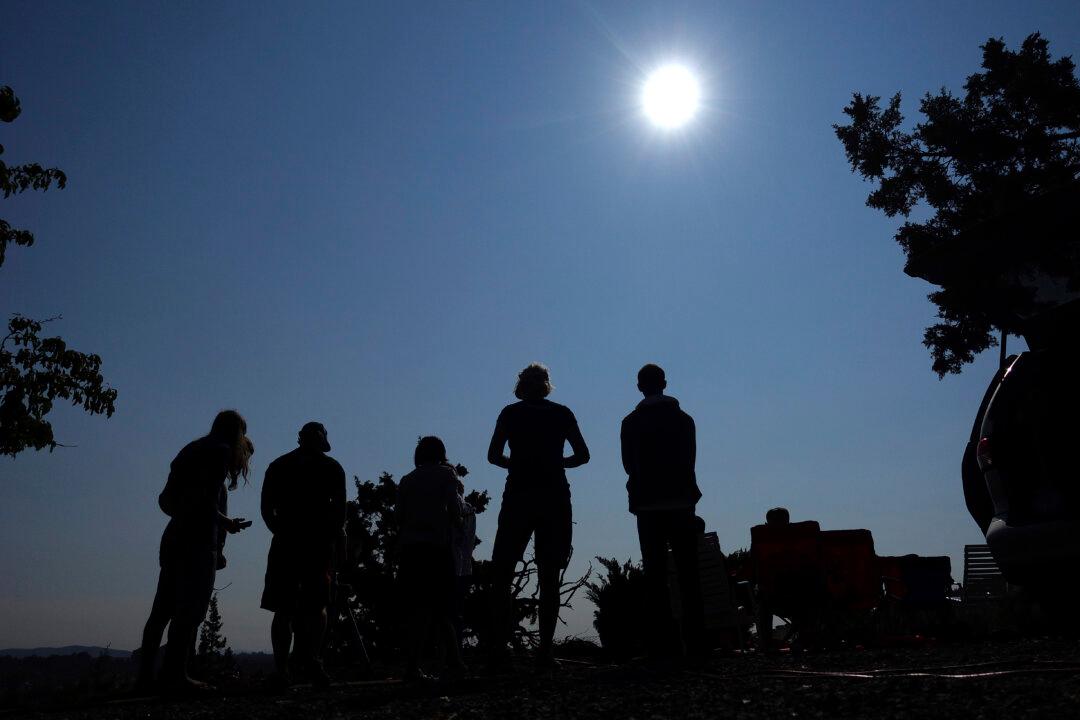Multiple counties in Central Texas are preparing for an influx of skywatchers who will travel to the viewing path of the total solar eclipse next month.
Authorities in Travis, Bell, and Kerr counties, which are situated along the path of totality, have already issued disaster declarations or states of emergency, which will take effect ahead of the Great North American Eclipse on April 8.





